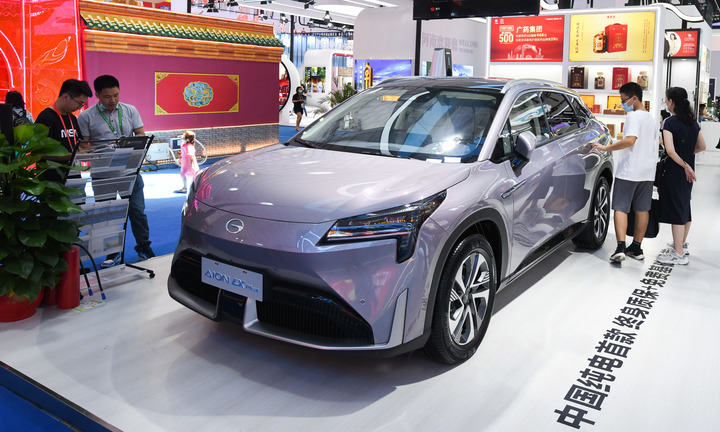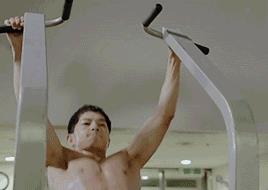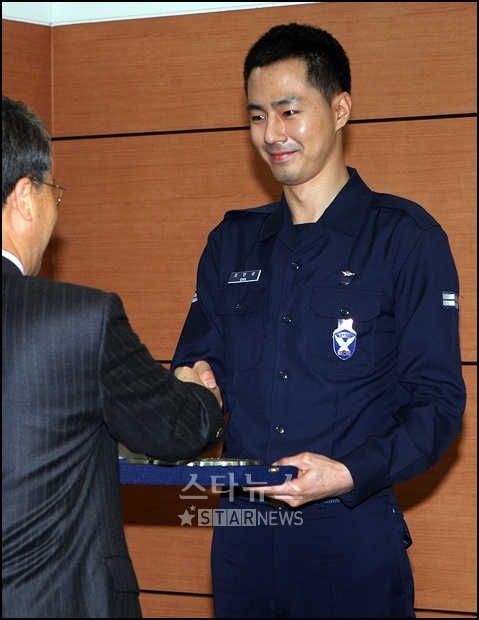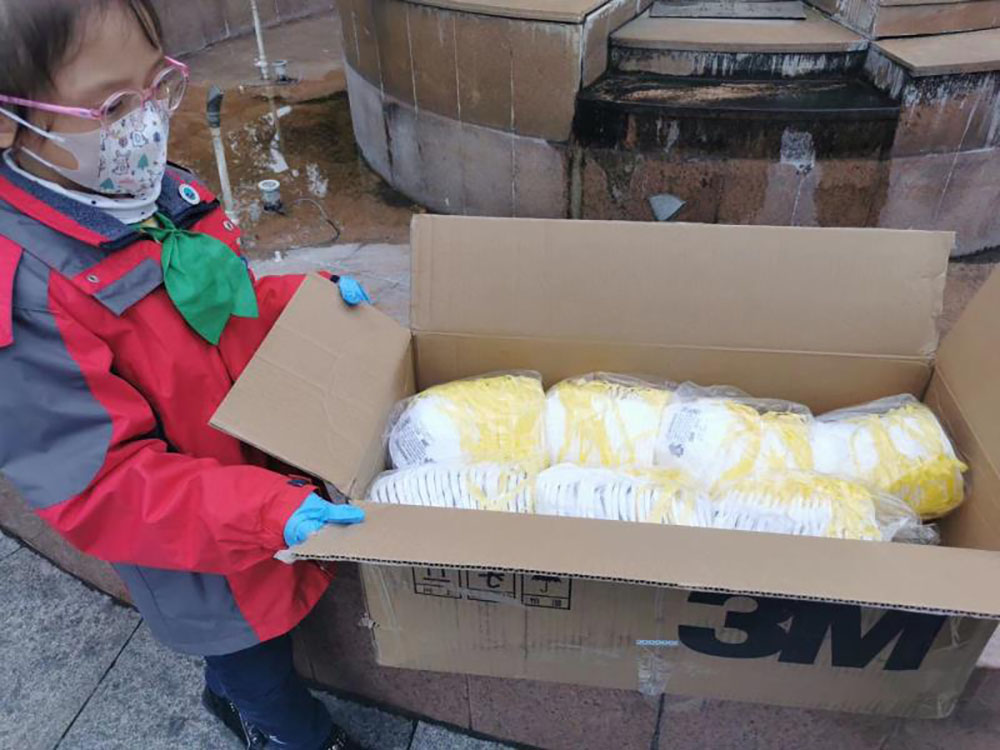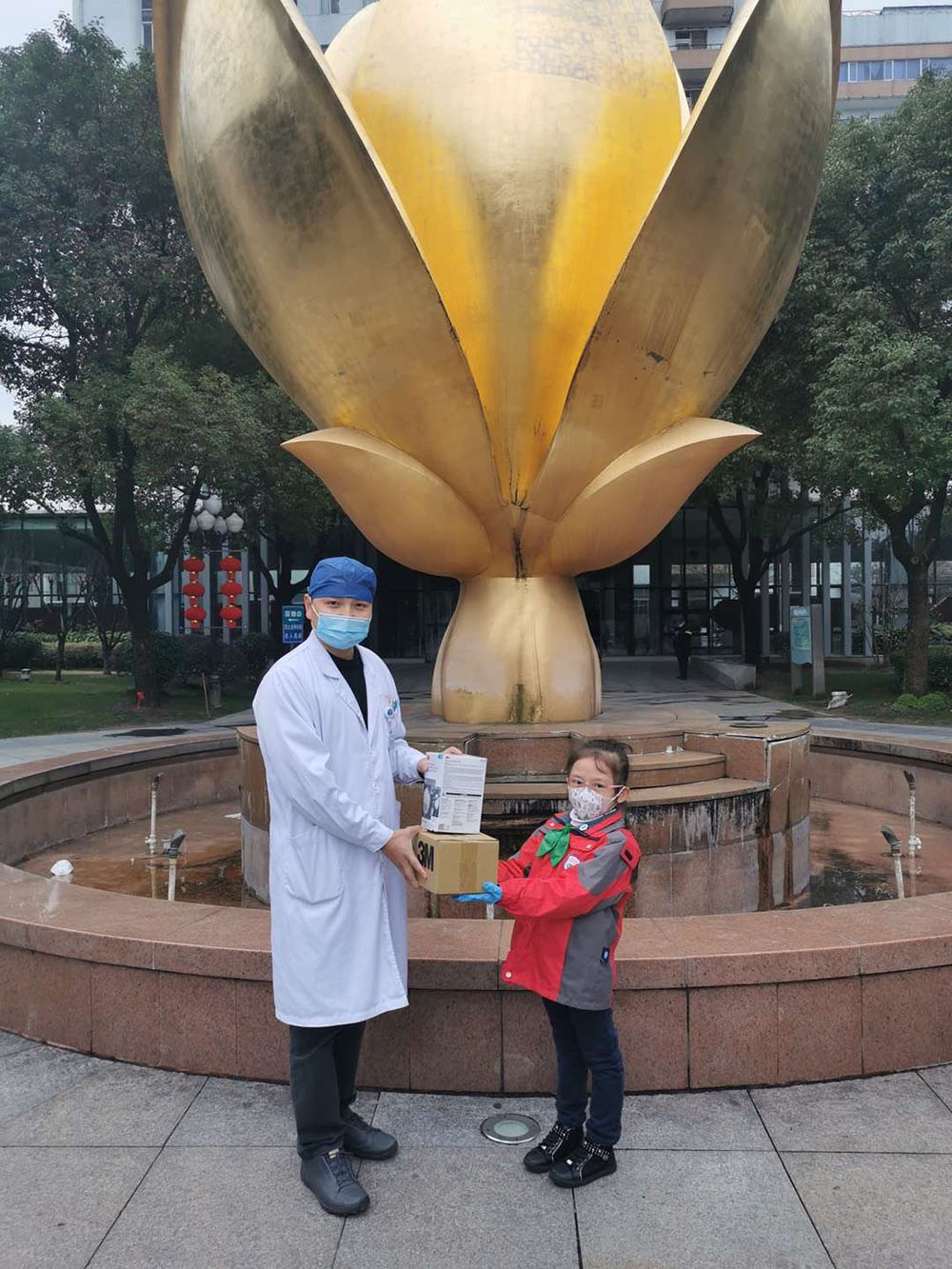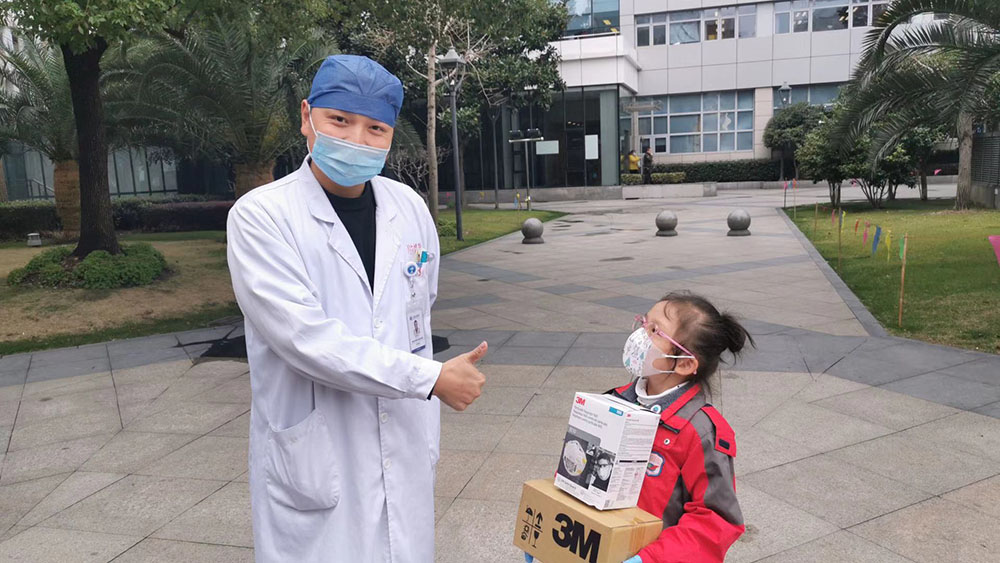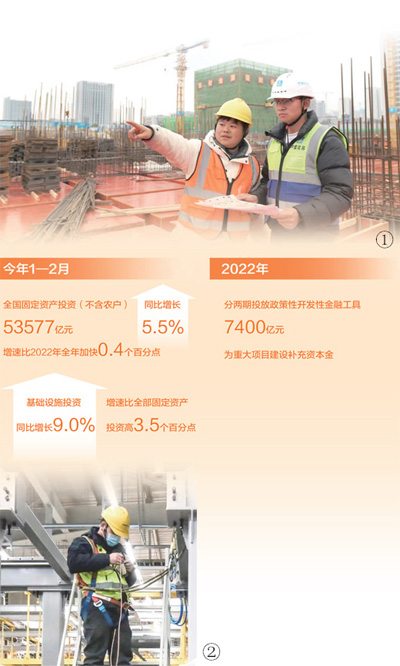
Figure ①: Workers are busy at the construction site of Huada Intelligent Manufacturing R&D Base in Donghu High-tech Zone, Wuhan, Hubei Province. Our reporter Fan Yutian photo
Fig. ②: Technicians are installing and debugging in the rod drawing workshop of Central 50GW(G12) solar-grade monocrystalline silicon material smart factory in Yinchuan Economic Development Zone, Ningxia. Our reporter Liu Feng photo
Source: National Bureau of Statistics, etc.

Panorama of the second phase of Pingshan Biomedical Accelerator, a national bio-industrial base in Pingshan High-tech Zone, Shenzhen, Guangdong. Shenke photo
General Secretary of the Supreme Leader emphasized that we should improve the investment expansion mechanism, expand effective investment space, deploy new infrastructure construction ahead of schedule, expand investment in high-tech industries and strategic emerging industries, and continue to stimulate the vitality of private investment.
Investment is an important means to expand domestic demand. Since the beginning of the year, various regions and departments have taken concrete measures to speed up the construction of a number of major projects that stabilize investment and benefit people’s livelihood. How to strengthen the synergy mechanism of fiscal, financial and other policy instruments? How to improve the efficiency of financial investment in major projects? How to improve the enthusiasm of private investment by optimizing the business environment? The reporter conducted an interview.
Improve and expand the investment mechanism, and continue to exert efforts in policy-oriented development financial instruments.
With a "start-up" order, engineering vehicles and cranes roared and started, and more than 500 construction workers quickly put into civil construction. Recently, 419 major projects with a total investment of 240.7 billion yuan rushed to the first quarter of 2023 in Yinchuan, Ningxia.
Among them, the smart factory with an annual output of 35 GW of high-purity solar ultra-thin monocrystalline silicon wafer is the second major project invested by TCL Zhonghuan New Energy Technology Co., Ltd. in Yinchuan Economic and Technological Development Zone.
"Policy-oriented development financial support has solved the financial problem for us and given enterprises the confidence to continue to invest." Zhang Rufeng, general manager of Ningxia Zhonghuan Asset Management Company, said.
Perfecting the investment management model and opening up the blocking points in the field of investment and construction are important contents to promote the supply-side structural reform. In recent years, with the increasing investment and policy support of new energy industry, the photovoltaic industry has developed rapidly. However, because of the large amount of investment, enterprises are relatively cautious in expanding production. At the beginning of 2021, TCL Zhonghuan, a photovoltaic enterprise, plans to invest 12 billion yuan. When landing photovoltaic projects in the northwest, it pays attention to the new investment mechanism of Yinchuan Economic Development Zone.
In order to attract the project, the Management Committee of Yinchuan Economic Development Zone joined hands with enterprises to adopt the operation mode of "agent construction+lease+repurchase". "Enterprises can carry their bags and settle in the built factories, and only need to pay the rental fee at the beginning. After the production capacity and benefits of enterprises have formed a certain scale, they will gradually buy back the factories on schedule, reducing the investment burden and operating costs of enterprises and helping the manufacturing industry to go into battle lightly." Mai Xinyu, deputy mayor of Yinchuan and director of the Economic Development Zone Management Committee, introduced.
Broadening financing channels and improving the financing mechanism of investment projects can effectively reduce the capital cost of business entities and disperse the risks of the financial system. Yinchuan Economic Development Zone and TCL Zhonghuan jointly set up a project company, and the financial institutions led by China Development Bank issued syndicated loans to the project company, which ensured a large amount of reliable financial support for the project in the construction process.
"Good mechanisms and good policies have enabled enterprises to take firm confidence and take root. This time, we invested 4.1 billion yuan to build a new project, and we bought land and built our own factory. " Zhang Rufeng said.
Organizing and guiding financial institutions to provide flexible financial services for enterprises under their jurisdiction is one of the "magic weapons" to attract investment in Yinchuan Economic Development Zone in recent years. The "Yinchuan Economic Development Zone Innovation and Development Guidance Fund" with a total scale of 2 billion yuan will help enterprises solve the financing of key projects of 22.635 billion yuan in 2022 alone.
According to the data of the National Development and Reform Commission, by the end of November 2022, two batches of funds for policy development financial instruments had been put into use, and more than 2,700 supported projects were all started, which effectively supplemented the capital for major projects. With the joint efforts of all parties, the policy-oriented development financial instruments established in 2022 have become an important force to support infrastructure construction and help stabilize the macroeconomic market.
Recently, the People’s Bank of China issued the Report on the Implementation of Monetary Policy in China in the Fourth Quarter of 2022, which clearly stated that in the next stage, it will continue to play the role of policy-oriented development financial instruments to better incite effective investment.
"Policy-oriented development financial instruments play an important role in ensuring the financing of key projects, accelerating the formation of physical workload, expanding effective investment and stabilizing the economic market." Zhou Maohua, a macro researcher in the financial market department of China Everbright Bank, said that policy-oriented development financial instruments will further support infrastructure construction to incite effective investment and give full play to the key role of effective investment in stabilizing the economic market.
Optimize investment structure, strengthen project management, and make financial investment "value for money"
On the project site of Huada Intelligent Manufacturing R&D Base in Donghu High-tech Zone, Wuhan, Hubei Province, welding sparks splashed, and the crane arm transported bundles of fabricated steel bars to the construction site … … Hundreds of construction workers performed their duties and worked hard to speed up the project construction.
"After the project got the construction permit in September last year, the construction party continued to fight and is expected to put into production ahead of schedule this year." Li Hao, the project leader of Huada Intelligent Manufacturing R&D Base, said that the project is a key project in Hubei Province and will further promote the development of China’s high-end life science instrument manufacturing industry.
Key projects are the "ballast stone" of economic development, effective investment is the "engine" of economic growth, and investment in new infrastructure, high-tech industries and strategic emerging industries is the "new impetus".
"To create effective demand with high-quality supply, it is necessary to better play the key role of project investment in optimizing the supply structure." The relevant person in charge of the Wuhan Municipal Development and Reform Commission said that in terms of project selection, Wuhan insisted on making up for shortcomings and strong kinetic energy. Recently, the list of 1,154 major projects with a total investment of more than 1 billion yuan in 2023 was published in the city, covering industries, technological innovation, infrastructure and social livelihood. Among them, the number of advanced manufacturing and modern service industries continued to increase; The function of the project highlights the shortcomings of traditional infrastructure and the expansion of new infrastructure, and a number of key and nodal major urban functional projects and industrial projects are accelerated.
The fourth phase of Zhongchuang Xinhang Power Battery and Energy Storage Battery Wuhan Base, located in Wuhan Economic Development Zone, has a total investment of 10 billion yuan, covering the research, development, manufacture and sales of new energy batteries. After completion, it is estimated that the annual output of new energy batteries for power and energy storage will be 25 GWh. The direct line project of Wuhan hub has a total investment of 50.87 billion yuan, and the total length of the project line is about 107 kilometers, realizing the interconnection between the high-speed railway along the river and the three stations … … The "new engine" has many bright spots, and "new kinetic energy" has stepped up its energy storage.
To optimize the investment structure and ensure accurate investment, we should further focus on the shortcomings in economic and social development and the weak links in transformation and upgrading. Yang Yinkai, deputy director of the National Development and Reform Commission, said recently that it is planned to allocate 680 billion yuan in the central budget this year, which will further optimize the investment structure and concentrate on handling major, difficult and urgent matters at the national level.
Local government special bonds are an important means to promote the expansion of effective investment. In 2023, China plans to arrange 3.8 trillion yuan of local government special bonds. According to the statistics of Huaan Securities, as of mid-March, the issuance scale of new special bonds in 2023 has reached 1.02 trillion yuan. Infrastructure construction of municipal and industrial parks, people’s livelihood services and social undertakings, and transportation infrastructure construction are the top three uses of new special debts, aiming at supplementing shortcomings, tamping foundations and increasing stamina.
To speed up the project construction, we should not blindly pave the way, but also strengthen the project compliance management and improve the financial investment efficiency. The relevant departments of Wuhan conduct closed-loop management on the approval, commencement, construction and completion of major projects, and follow up the whole process, strengthen the evaluation and assessment of project performance and the application of results, ensure the efficiency and efficiency of financial resources allocation, and minimize potential risks.
"Investment demand has a reasonable return, and investment can continue." Wang Zhigang, a researcher at the Chinese Academy of Fiscal Science, believes that to optimize the investment structure, the government should try to take into account multiple economic goals: First, stabilize growth and maintain a reasonable investment scale, especially for those industries with strong driving effects. The traditional infrastructure industry has a wide radiation area and a strong supporting role for growth, but it is necessary to avoid repeated investment and waste of funds; The second is to make up for shortcomings and strong and weak items. For some weak links in the fields of people’s livelihood such as education, medical care and social security, it is necessary to strengthen infrastructure investment in these fields and promote the formation of human capital and social capital; Third, increase kinetic energy and direct or indirect investment in strategic emerging industries and new infrastructure industries, which is conducive to creating a good external environment for innovation, stimulating the innovation vitality of business entities and promoting high-quality economic development.
Continuously improve the business environment and stimulate the vitality of private investment.
Walking into the construction site of the second phase of Pingshan Biomedical Accelerator, located in the national bio-industrial base of Pingshan High-tech Zone, Shenzhen, Guangdong Province, high-rise factories came into view, and large-scale green landscape systems dotted it, making the park full of vitality.
Recently, the Shenzhen Municipal Development and Reform Commission publicized the list of major public service platforms and key technology research projects to be funded by Shenzhen Biomedical Industry, and the enterprises in the "Accelerator Phase II" — — Shenzhen Puruijin Bio-pharmaceutical Co., Ltd. was selected as the key technology research project to be funded.
"A good business environment is the greatest strength for enterprise development, and we have chosen the right one!" Zhang Jishuai, co-founder and chief technology officer of Purin, said that in recent years, Pingshan District has continuously focused on the needs of enterprises, improved industrial support and introduced innovative platforms to help enterprises save a lot of R&D costs, which is very beneficial to the gathering of resources and talents. "The supporting services in the park are perfect, and the fiscal and taxation support policies are strong. This year, the company will continue to increase investment in equipment and scientific research to further enhance its efficiency."
Purin is a microcosm of many enterprises in Shenzhen. "The business environment is good, the business confidence is strong, and the investment motivation is sufficient. Shenzhen has always insisted on optimizing the business environment." Wang Jun, deputy director of Shenzhen Development and Reform Commission, said.
In recent years, Shenzhen has strengthened legislation in key and frontier areas such as social credit and anti-unfair competition; Innovate the supervision mode of "artificial intelligence+internet plus credit+double randomness" to reduce the interference of administrative law enforcement on the normal production and operation of enterprises; Piloting the protection of intellectual property rights in new industries and new formats, and protecting the legitimate rights and interests of business entities according to law; In the face of emerging enterprises, give them an "inclusive period" of one to two years, and help the healthy development of new industries and new formats … … The data shows that up to now, the number of registered business entities in Shenzhen has reached 3.911 million, and the total amount and entrepreneurial density continue to rank first in the country; There are more than 3,800 specialized and innovative enterprises at all levels, including 442 national "Little Giants", the number of which ranks among the best in large and medium-sized cities in China.
"The business environment is not the best, only better." On February 6th, Shenzhen issued "Several Measures on Further Supporting Small and Medium-sized Enterprises’ Bailout and High-quality Development", in order to reduce the production cost of enterprises, effectively expand investment and better stimulate the vitality of business entities. On February 9th, Shenzhen’s first "enterprise opens a window for government, banking and communication" was unveiled. Citizens can successfully register a new company in just three hours, and print out the business license of the new company … …
"The key to stimulating the vitality of private investment is to make entrepreneurs have stable expectations and full confidence. This requires continuing to promote the construction of a market-oriented, rule-of-law and international first-class business environment, reducing institutional transaction costs and improving public services through the government’s own continuous reforms, and stimulating the vitality of private investment with high-quality and efficient public services." Wang Zhigang believes that the improvement of the investment environment and the level of investment facilitation are conducive to promoting economic restructuring and the growth of emerging industries, broadening the sources of funds for investment projects and optimizing the supply of public services, promoting consumption upgrading and creating stable employment, and adding lasting momentum to economic development.
This year is the first year to fully implement the spirit of the 20th National Congress of the Communist Party of China. All localities and departments are making greater efforts to promote supply-side structural reform, improve the investment expansion mechanism, expand the effective investment space, further play the key role of investment, promote the overall improvement of economic operation, achieve effective improvement in quality and reasonable growth in quantity, and make new contributions to building a new development pattern and making efforts to promote high-quality development.
People’s Daily (18th edition, March 27th, 2023)






 Stabilizing foreign trade is an important support for steady growth. According to data released by the General Administration of Customs of China recently, in the first seven months of this year, the total import and export value of China’s goods trade was 23.6 trillion yuan, up 10.4% year-on-year.
Stabilizing foreign trade is an important support for steady growth. According to data released by the General Administration of Customs of China recently, in the first seven months of this year, the total import and export value of China’s goods trade was 23.6 trillion yuan, up 10.4% year-on-year.

